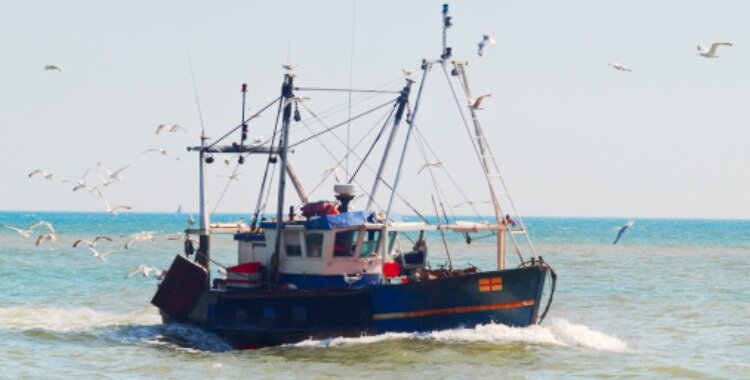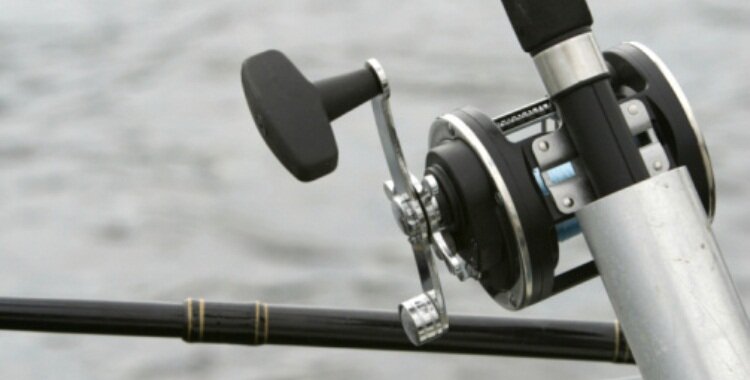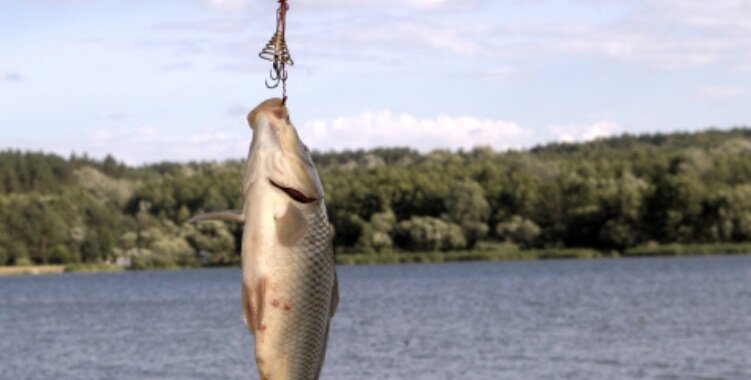Deep Sea Fishing Starter Guide
Does The Deadliest Catch fill you with a sense of excitement and longing? Are you unable to look out over the ocean without your thoughts wandering to what’s lurking just beneath the surface? If the answer to these questions is an emphatic “yes,” then it’s probably time for you to stop wishing and start doing. Deep sea fishing is clearly calling to you.
The hunting of deep water game for sport is a relatively new practice, dating back only slightly more than 100 years. The first big-game fishing boats popped up in California in the early 1900s, but it spread quickly to Hawaii and other regions. Today, North America’s saltwater fishing industry is based primarily around the East Coast.
If you’re a coast-dweller, deep-water fishing is an option, but know that you will face some sizable start-up expenses, as well as the lasting cost of boat rental or, if you happen to purchase one, upkeep.
As some recreational fishing will take you 100 miles and more off-shore, you need a boat that has range and is sturdy enough to serve as a counterweight when a 200+ pound shark starts tugging on the line. Not to mention you need cargo space to store a beast of that size.
The smallest boat you’ll see for deep-water fishing sits in the 20-foot range, though they can also top out at around 100 feet. Purchasing a proper fishing boat with all of the necessary electronics and crew is probably not going to be a feasible solution for the average Adrenalist looking for a recreational fix. Fortunately, there are a range of charter services with fleets of boats.
The most cost-effective option is to book yourself on someone else’s boat. Charter trips accommodate a range of experience levels, from pros equipped with their own gear and years of experience to total novices. A beginner-friendly deep water fishing trip is often an all-inclusive package, meaning that you’ll have access to rented gear and experienced anglers right on the boat.
The actual mechanics of deep-water fishing are fundamentally the same as they are with any other type of angling (hook-and-reel-based fishing), only you’re operating on a much larger scale. Hooks need to be bigger, lines need to support more weight… everything generally just needs to go bigger.
The first challenge with deep-water fishing involves attracting your prey to the area around your boat. Part of this process involves running out lines that trail fishing lure in the water. This is where your fish is actually caught. Some anglers will use artificial lures, but there’s really no replacement for live (or once-living) bait. For shark fishing specifically, bluefish, tuna, and mackerel tend to be the most commonly used raw bait.
The other, and arguably more important, step is chumming the water. Once you’ve cut the engines on your boat — a necessity for fishing, since the noise can scare ocean life away — your goal is to make the water surrounding your boat as attractive as possible to your prey. This is where chum comes in, which amounts to a more condensed version of the bait dangling from your lures.
There are different types of chum, but they all serve the same purpose: creating a feeding ground around your boat. Some types of chum are more oily, which makes it much easier to see where your makeshift feeding ground extends to. Chum is typically filled into some kind of porous container and dropped into the water attached to a short lead line.
Many charter boats will come equipped with all the gear you’ll need, as mentioned above. However, it’s helpful to acquaint yourself with the basic gear you’ll be using, just as a point of reference. There are many different types of fishing line, but most anglers favor heavier monofilament — which is to say, a single, unbraided strand — or wire lines, which consist of braided strands of stainless steel, titanium, or some other metal alloy. You’ll also need a styrofoam or balloon float toward the end of your line, which helps with both visibility and range.
The final stage of deep sea fishing is the actual reeling in of your catch. This is always a group project. Once you’ve hooked something on a line, the captain of the boat has the job of keeping your line trailing behind the boat while the rest of the crew reels in any other trailing lines, to prevent tangles.
Big-game reels are designed to maintain a set level of tension on the line, which means that they’ll automatically let more line out if the pulling force becomes too great. Fortunately, a caught fish doesn’t just swim away in a single direction as mightily as it can.
Instead, the fish will circle and tug in different directions. Thus, the process of getting a big-game catch onto your boat involves reeling in the line whenever the fish is not pulling away. This can be a time-consuming process, and is largely dependent on the push-and-pull reel-in slowly tiring your catch.
Getting the beast onto the boat presents yet another challenge, since even an exhausted big-game catch will put up a considerable fight, but you’ll typically have help for this. There’s also an element of sport here, in that some anglers are content enough with the hunt and embrace a catch and release philosophy, often letting their prey swim free after bringing it close enough to the boat for it to be tagged.
Cover Photo Credit: Emrys.Roberts – flickr.com







Comments